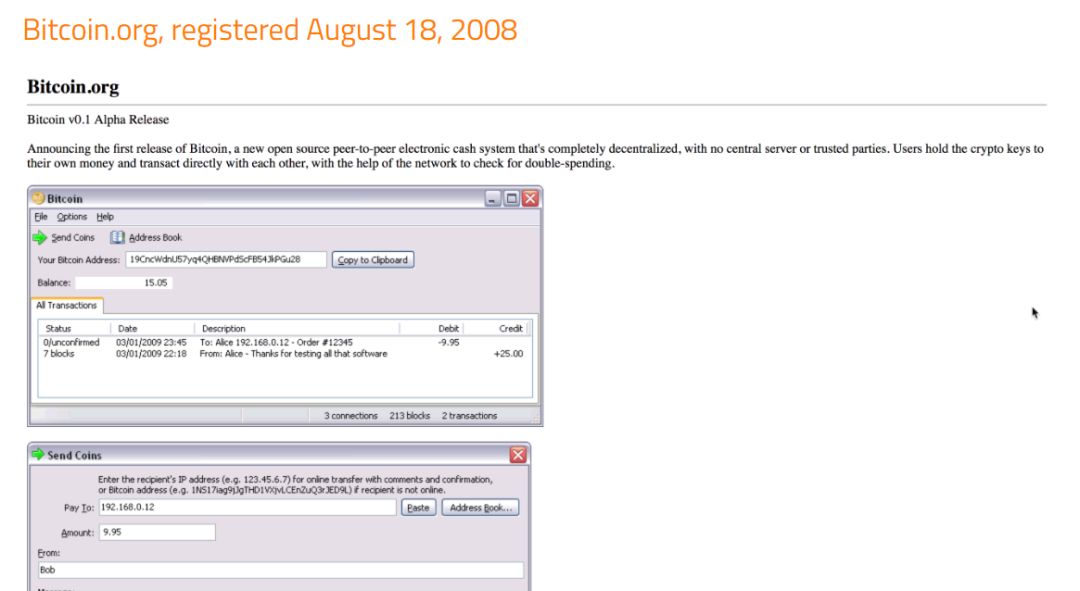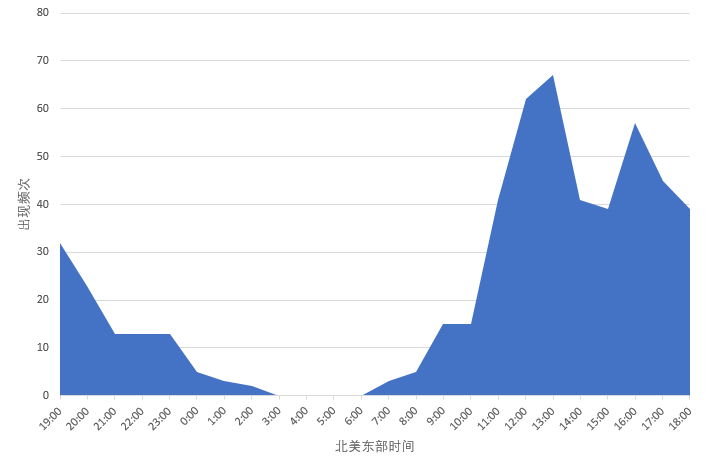Bitcoin's Secret History: How did Satoshi Nakamoto hide his identity on the Internet?
Source: Hash Pie
Author: LucyCheng
Everyone knows that "who is Satoshi Nakamoto" is the biggest mystery in the blockchain field; then the question comes, how does he succeed in hiding in the modern network?
In fact, since the disappearance of the bitcoin soul figure, various people, including the government, the media, cryptographic enthusiasts, hackers, etc., have tried to search for Satoshi Nakamoto by human flesh; but no matter from which point they started In the end, the traces turned into invalid clues without answers and directivity.
- What are the developments of Libra during the epidemic that deserve attention?
- Only 24 hours are left to register for the Wanxiang Blockchain Charity Hackathon!
- CITIC Construction Investment Securities: Bitcoin and "Blockchain + Gold" Possibility
 Bitcoin.org domain registration on August 18, 2009
Bitcoin.org domain registration on August 18, 2009
For example, those two domain names that didn't give any useful information. According to historical data, Satoshi Nakamoto registered the domain name of http://bitcoin.org long before the launch of the Bitcoin project, and also registered http://bitcoin.net protectively. Anonymousspeech.com, the registrar of these two domain names, is a small company that provides anonymity guarantees to ensure that users are not searched by human flesh and from government searches. Researchers once tracked down the company, but in the end they found nothing; Satoshi Nakamoto used the Tor network to send emails from start to finish.
And no matter with whom he communicates, as long as he appears as Satoshi Nakamoto, Satoshi Nakamoto will not bother to use PGP encryption and Tor network. His former close partner Gavin Andresen said in an interview that many people tried to impersonate Satoshi Nakamoto and email him, but they could be easily identified because these impersonators did not use PGP encryption.


Colour is the spelling of British English; American English is color (picture taken from: Satoshi Nakamoto ’s message on Bitcointalk on February 26, 2010)

Summarizing the time spent by Satoshi Nakamoto on the Bitcoin Forum, the Cryptography Mail Group, etc., it can be found that Satoshi Nakamoto may live in the United States
These prepared domain names and well-designed identity information seem to tell us that the emergence of Satoshi Nakamoto is just a cut scene with a long ending. He remains mysterious, and in addition to his own protection, he may also be preparing in advance for him to be able to leave the Bitcoin project at any time.
We will continue to update Blocking; if you have any questions or suggestions, please contact us!
Was this article helpful?
93 out of 132 found this helpful
Related articles
- What if I don't want to sell coins? Finnish government forced to become hodler stumped by 1666 bitcoins
- Legal Watch | Blockchain Governance: Embracing the Chain of Law and Strictly Controlling the Risk of Coins
- It took two years! Mysterious miner rolls away 9,000 BCHs misplaced in Segregated Witness address
- Where can you spend Bitcoin in 2020?
- Blockchain security company CoolBitX completes USD 16.75 million in Series B financing, led by Japanese SBI and Monex
- Observe digital currency mining from a statistical perspective
- U.S. Department of Commerce requires companies involved in cross-border cryptocurrency transactions to report






